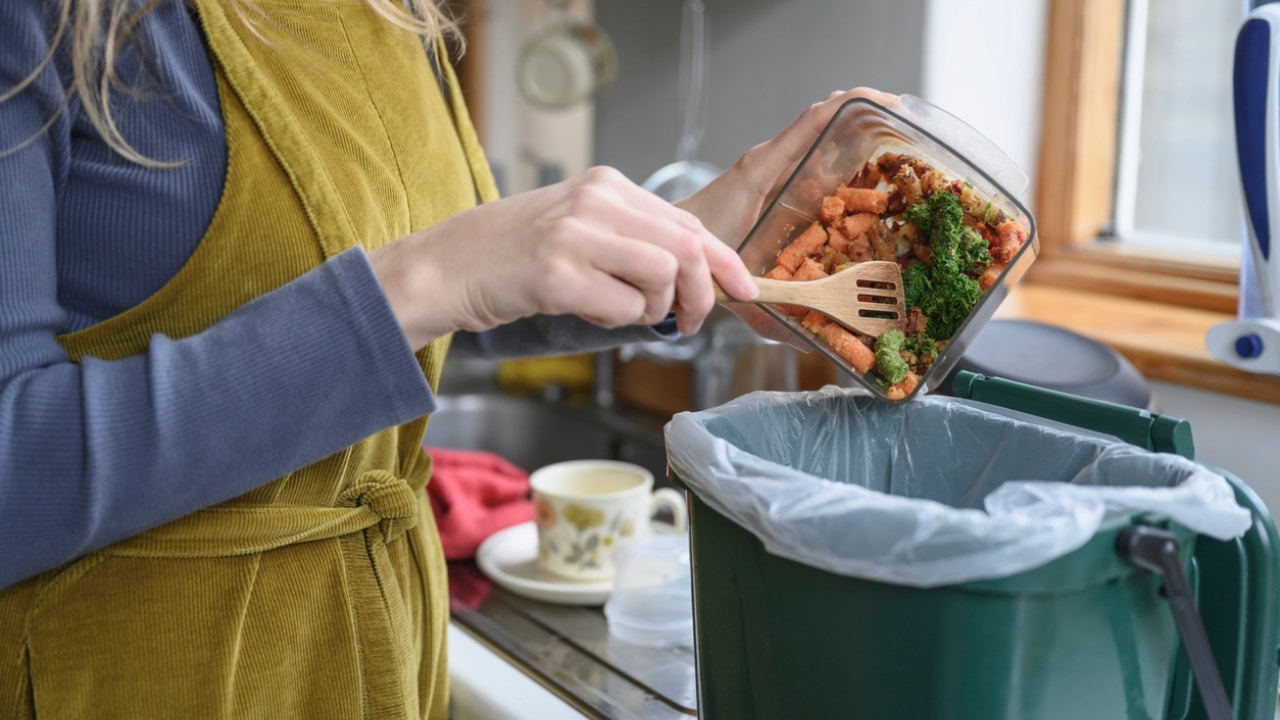Have you ever opened your fridge and found spoiled food that you didn't even remember buying? Or thrown away leftover food that could have been reused? If so, you're not alone! Food waste is a more common problem than you think and could be costing you dearly without you even realizing it.
The good news is that with a few simple adjustments to your routine, you can avoid this problem and make the most of each food item. Want to know where you might be going wrong and how to change it? Keep reading!
1. You Don't Plan Your Purchases
One of the biggest mistakes that leads to food waste is not planning when shopping. We often buy on impulse, take more than we need or forget to check what we already have at home. The result? Products that end up forgotten at the back of the fridge or expire before we can eat them.
How to avoid:
- Before you go to the market, make a shopping list based on what you really need.
- Check your pantry and refrigerator to avoid buying duplicate items.
- Prioritize foods that can be used in different meals to ensure greater use.
2. You Don't Store Food Properly
Many people don't realize that the way food is stored can directly influence its shelf life. Some fruits and vegetables, for example, spoil more quickly if stored incorrectly.
How to avoid:
- Leafy greens last longer if they are washed, dried and stored in a jar with paper towels to absorb moisture.
- Breads can be frozen in slices to prevent them from becoming hard or moldy.
- Use airtight containers to store grains and cereals and avoid humidity.
3. You Leave Leftovers and Forgotten Ingredients
We often buy ingredients for a specific recipe and, after using them once, they sit in the fridge until they go bad. The same thing happens with leftover food that could be reused.
How to avoid:
- Organize your refrigerator and pantry by placing the oldest products at the front and the newest ones at the back (FIFO method – First In, First Out).
- Have one day a week to make meals with leftovers and ingredients that are close to expiration.
- Freeze leftovers to use later in new recipes.
4. You Throw Away Parts of Food That Can Be Used
Many parts of the food we throw away can be used in delicious and nutritious recipes. Peels, stalks and seeds can be used in different ways.
How to avoid:
- Potato and carrot peels can be roasted and turned into crispy chips.
- Kale, broccoli and spinach stalks are great for stir-fries and broths.
- Pumpkin seeds can be toasted and turned into a healthy snack.
5. You Don't Use the Freezer as an Ally
The freezer can be a great ally in the fight against waste, but many people don't take advantage of this tool correctly. Many foods can be frozen to make them last longer.
How to avoid:
- Freeze ripe fruit to use in smoothies and desserts.
- Store portions of ready-made food to make mealtimes easier and prevent leftovers from being thrown away.
- Freeze chopped fresh herbs in ice cube trays with olive oil for easy use in recipes.
Conclusion
Avoiding food waste is not difficult, but it requires attention and simple changes to your routine. With planning, good storage practices and food reuse, you can save money and also contribute to more sustainable consumption.
Now that you know what you might be doing wrong, how about putting these tips into practice and stop throwing food – and money – in the trash? Your wallet and the planet will thank you!


